|
HOME: www.hiltonpond.org |
|||
THIS WEEK at HILTON POND Subscribe for free to our award-winning nature newsletter (Back to Preceding Week; on to Next Week) |
JANUARY ACRONYMS, ABBREVIATIONS & ALPHA CODES: NOTE: As we got ready to devote our current installment of "This Week at Hilton Pond" to miscellaneous happenings during January 2015, it struck us that almost everything we planned to discuss could be represented by an acronym, an abbreviation, or an alpha code. Read on, please, to see what we mean. (NOTE: If any of the following material seems familiar, it's because some of it appeared in more abbreviated format on Hilton Pond Center's Facebook page.) - HPC, ORT & BWD - For Hilton Pond Center (HPC) and Operation RubyThroat (ORT), the most exciting thing so far in the new year has been publication of the January-February 2015 edition of Bird Watcher's Digest (BWD).We've been reading this popular bimonthly magazine since its very first issue back in 1978 and in years since have become friends with several staff members. We first met and came to love magazine founders Elsa and Bill Thompson Jr. during our days at Hawk Mountain Sanctuary (HMS);
All text, maps, charts & photos © Hilton Pond Center DH didn't have to twist an arm to get us to schedule a phone interview or connect her with alumni from our Central American (CAm) trips; we were happy to take her call later that summer for an in-depth explanation of what we've learned from ten years of Ruby-throated Hummingbird (alpha code RTHU) studies in Belize (BE), Costa Rica (CR), Guatemala (GUA), and Nicaragua (NIC). During the call, DH had lots of great questions and apparently took copious notes--which she transcribed and compiled into a well-written, entertaining, and accurate article that came out as one of the cover stories for BWD's latest issue (front cover above). We appreciate Dawn's attention to detail and encourage folks to take a look at the on-line version of her article. Better yet, spring for a subscription to this delightful magazine--either in digital or hard copy format. No matter how experienced a birder you might be, you're bound to learn something new and interesting from every issue. (From now until the end of February 2015 an annual subscription is just $10!)
- BLJA - All text, maps, charts & photos © Hilton Pond Center We always like to start the new year right, so on 1 Jan we were up at dawn to bait and set several traps (above) around Hilton Pond Center's (HPC) old farmhouse. Most traps are made from 1/2" x 1" welded wire mesh. Two are hanging sunflower seed traps (abbreviated SF on our banding data sheets), each containing a standard tube feeder and with seven "tunnels" that lead birds in but won't let them out. Three more are two-tunnel ground traps (W) designed long ago (we think) at the Wharton bird banding station in Massachusetts (MA), and there are two dove traps (D) with bigger mesh and wider tunnels; these were given to us by fellow Minnesota (UMN) grad student David Blockstein (DB), who studied Mourning Doves (MODO) in the hinterlands of North Dakota (ND). All these are passive devices with no moving parts, but we also deployed a four-cell McCamey trap (Mc)--designed by chickadee enthusiast Franklin McCamey (FM) and modified from a Potter trap (P)--that involves treadles and sliding doors triggered when a bird tries to enter for food. This trap sits on a large platform feeder (not pictured) about five feet above ground level; like the various ground traps it is baited with the Center's trademark mix of three parts cracked corn, two parts white millet, and one part shell corn--with a handful of black sunflower seed thrown in as garnish. The final ground trap is an unusual design, an octagon with eight chambers--each with a treadle and trapdoor. This trap was donated to HPC by the late Kathy Klimkiewicz (KK) of the federal Bird Banding Laboratory (BBL).
All text, maps, charts & photos © Hilton Pond Center One never knows what might enter our traps during a banding session, so we were quite pleased when at 9:10 a.m. we finally caught the first bird of 2015--a second-year Blue Jay (BLJA, above) of unknown sex. This species is of personal significance, for it's the bird we studied during four very long, very cold, very dark winters in the Twin Cities (MPLS-STP) while DB was out in ND researching MODO. We were fortunate in MN to find an exceedingly dense BLJA nesting area that straddled an oak savanna and a suburban residential subdivision totaling about 110 acres. With considerable help from local bander Jean Vesall (JV) we banded, color marked, aged, and sexed more than 1,500 BLJA and found more than a hundred nests in each of four study seasons.
All text, maps, charts & photos © Hilton Pond Center After grad school and our return to what is now HPC we had hoped to continue our BLJA work here, but after banding 267 in our first seven years the local jay population crashed (see chart above)--perhaps due to West Nile Virus (WNV) and loss of a neighboring 70-acre pine forest; we serendipitously moved on to Ruby-throated Hummingbirds (RTHU). These days we are fortunate to capture 2-3 jays per year--which is why we were happy to have this as our inaugural banded bird on New Year's Day 2015.
All text, maps, charts & photos © Hilton Pond Center - RWBL - On 1 Jan we also turned the page in our bird journal and started anew with a "Year List" of birds seen at Hilton Pond Center (HPC). Birders are notorious for compiling all sorts of tallies--Life Lists, Year Lists, County Lists, Photo Lists, etc.--all of which bring pleasure to the individual lister. We encourage everyone to maintain at least a Yard List on a year-by-year basis, recording first sightings of each species by date. This kind of information allows for comparison of possible change over time and is especially relevant in these days when global climate variation might have impact on migration phenology. We observed 19 species at HPC on New Year's Day 2015, which is about 11% of the 171 species seen on or over the property since 1982. Most unusual was the sighting of a solitary male Red-winged Blackbird (RWBL, above), a species that rarely shows up locally--especially in winter. Here's our first-day list, including nine species we banded.
NOTE: On the last day of January we spotted a Sharp-shinned Hawk (SSHA) perched high in trees above the old farmhouse before it glided out of sight. This brought the 2015 Yard List to 33--about 19% of species ever seen at HPC. By comparison, in all of 2014 we tallied 76 species (44% of 171), with the highest total in recent years coming in 2009 with 88 species (about 52%). Back in 1995 we actually BANDED 95 species (56%).
All text, maps, charts & photos © Hilton Pond Center - ORT & EMC - The second day of Jan 2014 was a nostalgic one. On this date exactly ten years ago our first team of Operation RubyThroat (ORT) citizen scientists--we called them the "Pioneers" (above, including wife Susan Hilton and son Billy Hilton III)--had just finished eight days in the Aloe Vera (AV) fields of Guanacaste Province, Costa Rica (CR), and was being replaced by the "Second Wave (below). These two groups--along with irreplaceable tico naturalist Ernesto M. Carman (EMC)--observed and captured Ruby-throated Hummingbirds (RTHU) in what was the first attempt to systematically band and study that well-known North American (NAm) species on its wintering grounds in the Neotropics.
All text, maps, charts & photos © Hilton Pond Center We caught only 15 birds with those first two teams, but after 22 subsequent expeditions to Belize (BE), Guatemala (GUA), and Nicaragua (NIC) have trapped or netted a total of 1,243 RTHU--far surpassing the 46 that had been banded in all of history in Mexico (MEX) and Central America. We now know much more about RTHU on the "other end" of their migratory path, but many mysteries remain. Thus, ORT expeditions will keep going back to uncover additional secrets about these tiny balls of fluff we call "ours" but that really belong to every one of the ten counties in which they spend all or part of their year. Thanks to our Neotropical alumni--all 195 of you; you're the best!
All text, maps, charts & photos © Hilton Pond Center And just another word about EMC. We had never met this young man prior to getting of the airplane in Liberia CR on 26 Dec 2004, but we trusted his guarantee to Holbrook Travel that there would be RTHU in the aloe fields. Our first year didn't work out as well as we wanted--the Pioneers and Second Wave got there before nectar-rich aloe plants were in bloom--so in 2006 we delayed our arrival date a month and the Oh-Sixers "found the sweet spot" for ruby-throats. In years since, our research results have gotten better and better, and the relationship between EMC and trip leader Bill Hilton Jr. (BHjr) has expanded and deepened both personally and professionally; 'Nesto truly is part of the family, and we have spent countless enjoyable and fruitful hours in the field together (above). We're pleased to be able to say we've known this incredibly talented still-young man for more than a decade. Happy anniversary, 'Nesto!
All text maps, charts & photos © Hilton Pond Center - EABL - After a cloudy weekend at Hilton Pond Center (HPC), bright sunshine fell on one of our nest boxes on the morning of 5 Jan 2015. This sudden influx of solar rays may have excited one resident pair of Eastern Bluebirds (EABL) enough to start investigating real estate offerings (above). The female--the duller-plumaged bird atop the box--and her mate took turns sticking heads through the entry hole, perhaps sizing up the structure before spring arrives. Or maybe they heard news that nighttime temperatures at HPC would be dropping into the teens later in the week and simply were looking for a warmer place to roost. The moral of the story: Leave your nest boxes up year-round, and make sure they're clean and in good repair before nesting season starts. Various cavity-dwelling birds may roost in them at any season. (NOTE: The male EABL in our photo was unbanded, but as shown above the female had a band on her left leg. Since we band all known females on the right leg we suspect we banded her locally as a nestling before she could be sexed.)
All text, maps, charts & photos © Hilton Pond Center - WU - And speaking of temperatures, if you ever look at Hilton Pond Center's (HPC) weather station page on WeatherUnderground (WU)--complete with its real-time Web cam image (above)--during January you may have noticed unusual readings that included flat-lined data (see chart below). It's not that everything stopped dead at HPC from 4-9 a.m., but the digital weather station had been having some battery problems. By day the sensors--which are on a tall pole 20 feet into Hilton Pond--are powered by a tiny solar panel. At night, a healthy 3-volt lithium battery supplies the juice and gets recharged by the panel. Not much charging happens on cloudy days, so nights that follow sometimes lack readings for temperature, precipitation, and windspeed/direction.
All text, maps, charts & photos © Hilton Pond Center Alas, the battery--last replaced by brother Stan Hilton (SH) on 10 Dec 2013--seemed to have worn out prematurely. (The previous one lasted four years!) Following bander Hilton's November hernia surgery he was forbidden to carry things and exert himself, so the old battery got progressively weaker. We finally bit the bullet on 7 Jan by donning chest waders, toting a lightweight aluminum ladder, and replacing the battery. This seemed relatively urgent--especially since professional weather forecasters predicted very low temperatures for that night. After all, HPC needs to have accurate records of on-site weather phenomena so we can look for correlations. (NOTE: The overnight low got to a teeth-chattering 11.2 degrees F. at 7:37 a.m. on 8 Jan.)
All text, maps, charts & photos © Hilton Pond Center - RBWO - Two jumbo-sized sunflower tube feeders at Hilton Pond Center (HPC) seem to have gotten the attention of a female Red-bellied Woodpecker (RBWO, above). She makes visit after visit, grabbing one select seed at a time and flying off to insert it in a bark crevice. We can't tell if she's caching the seeds or cracking them open but she's spending lots of time at the task. In this species, the male has a red nape, crown, and forehead; both sexes have a gray face. RBWO--in which one seldom sees the reddish underparts--are frequently misidentified as Red-headed Woodpeckers (RHWO), but in males and females of the latter species the entire head is scarlet. We've seen these increasingly scarce RHWO only three times at HPC, and we've never banded one here; by comparison, we've handled 85 RBWO since 1982.
All text, maps, charts & photos © Hilton Pond Center - PUFI - On the morning of 21 Jan 2015 we recaptured a Methuselan Purple Finch (PUFI, above) at Hilton Pond Center (HPC). This bird was banded locally back on 13 Mar 2009 when he was still wearing subadult brown; today--in his eighth year--he sports the raspberry feathers of an adult male. (Previous post-banding encounters include 16 Dec 2010 and 25 Jan 2011.) PUFI don't breed in the Carolina Piedmont, so this finch has quite a few migration miles on him--and a very good homing sense. Such site fidelity from New England or Canada to a tiny 11-acre nature center in York County SC simply boggles the mind. (NOTE: We also captured a male PUFI on 26 Jan that we banded as an after-second-year male on 25 Jan 2011, making him an after-sixth-year bird in 2015.) According to federal Bird Banding Laboratory (BBL) records, the longevity record for PUFI is 10 years nine months.
All text, maps, charts & photos © Hilton Pond Center One other recapture worth mentioning was a male Mourning Dove (MODO, above) trapped on the morning of 26 Jan 2015. We catch an average of 16 MODO each year and encounter a few of them on later dates. What was unusual about this most recent MODO was that he was banded on 5 Jan 2011 as a second-year bird--making him now a sixth-year individual. In our experience it's unusual for local MODO to live this long, especially because South Carolina is a big dove hunting state and there are even a few dove fields very close to HPC. We've had hunters within York County harvest our banded MODO legally and report them to the BBL; usually they're young birds shot within a few weeks after banding. (NOTE: Incredibly, the BBL has a record for a Georgia-banded Mourning Dove that was 30 years old when shot in Florida!)
All text, maps, charts & photos © Hilton Pond Center During January we also recaptured two elderly Song Sparrows (SOSP, above) of unknown sex. One was banded on 11 Jan 2010 (now an after 6th year bird), and the other on 31 Dec 2011 (now fifth year). Both are old for HPC but short of the 11-year-old Colorado SOSP documented by the BBL.
All text, maps, charts & photos © Hilton Pond Center - YBSA - On the morning of 26 Jan 2015 we were pleased to hear the mewing of a Yellow-bellied Sapsucker (YBSA, above) from an old Pecan in the front yard at Hilton Pond Center (HPC). It was a second-year (still partly brownish) female (throat white rather than red in the male); note also the big white wing stripe that is diagnostic. This was our first sighting of the winter for this species and it figures she was in a tree riddled with horizontal rows of quarter-inch holes from at least 50 years of bark-tapping sapsuckers. We're guessing they know a good sap source when they taste it. (NOTE: We were only able to get one low-light image of the YBSA in a large Chinese Privet growing near the Pecan, but it still shows all the field marks.) - ALPHA CODES -
All text, maps, charts & photos © Hilton Pond Center
Checks can be sent to Hilton Pond Center at: All contributions are tax-deductible on your |
|---|
|
"This Week at Hilton Pond" is written and photographed by Bill Hilton Jr., executive director of Hilton Pond Center for Piedmont Natural History
|
|
|
Please refer "This Week at Hilton Pond" to others by clicking on this button: |
Comments or questions about this week's installment? Send an E-mail to INFO. (Be sure to scroll down for a tally of birds banded/recaptured during the period, plus other nature notes.) |


 more recently through New River Birding & Nature Festival
more recently through New River Birding & Nature Festival 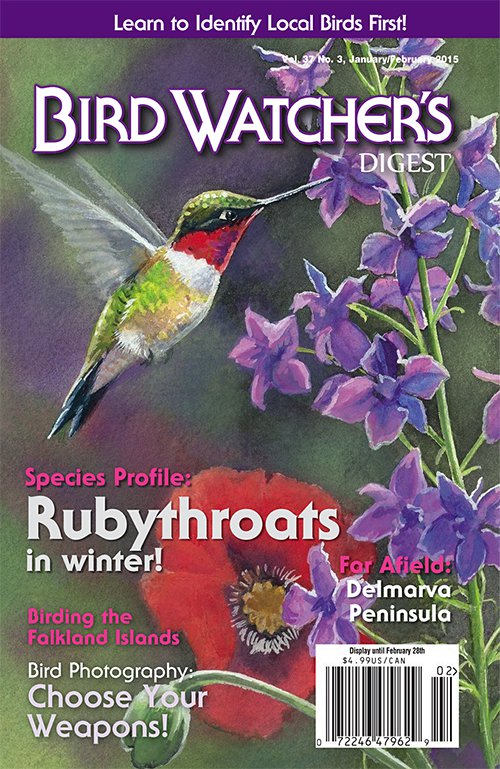

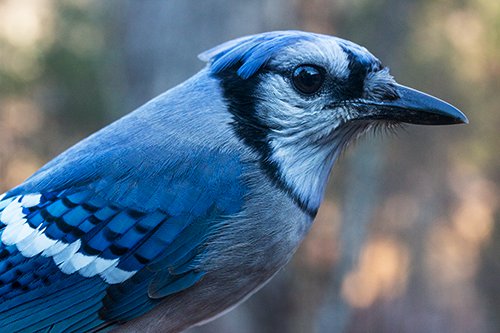

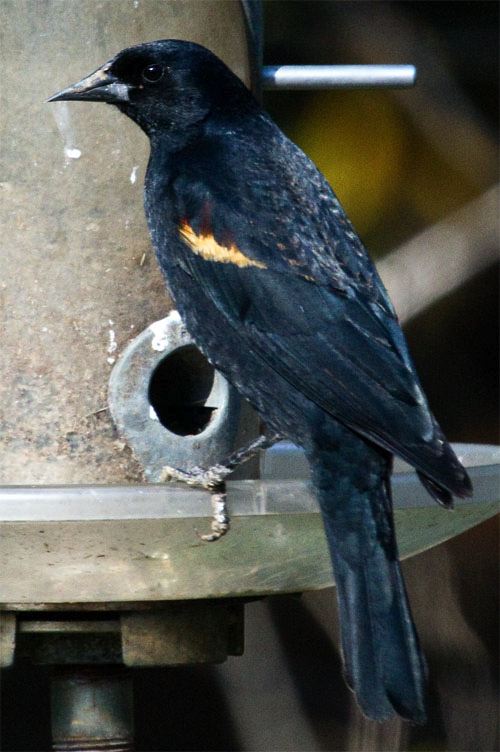
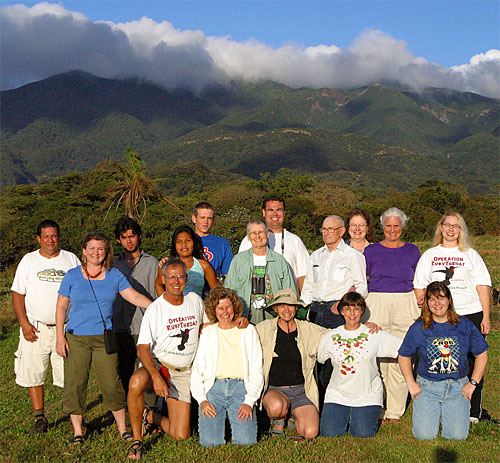
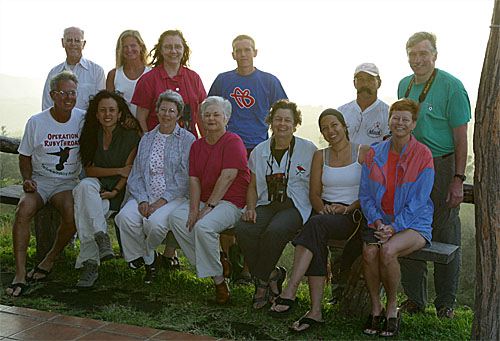
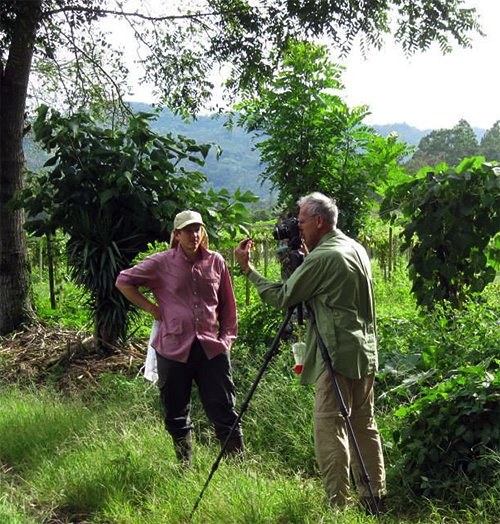
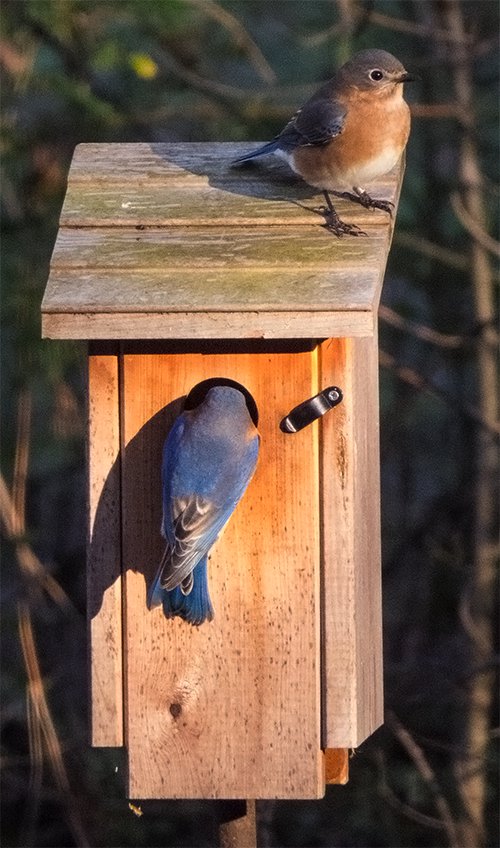 ,
,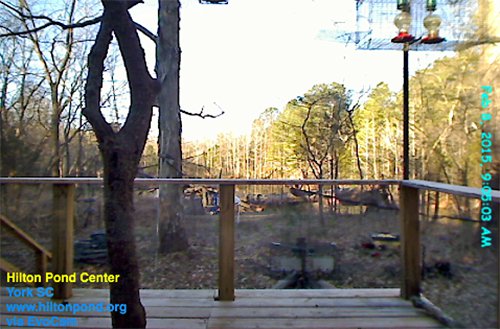
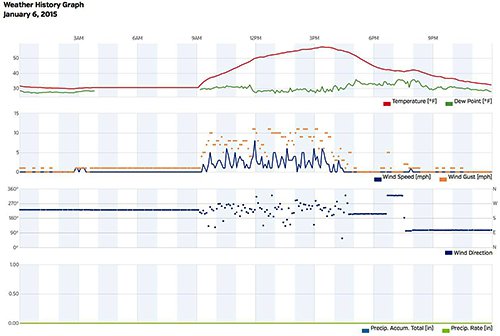
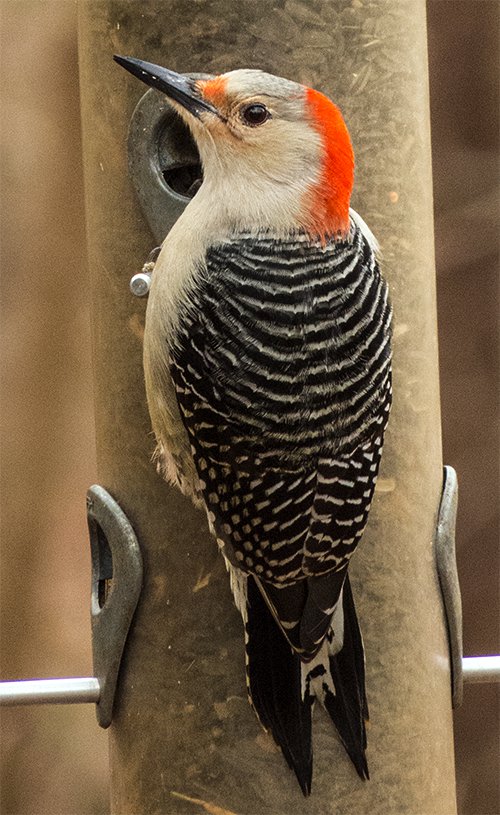

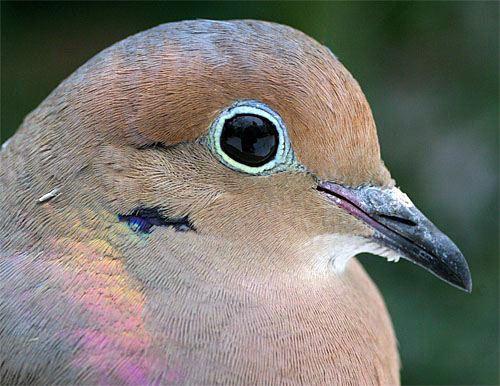
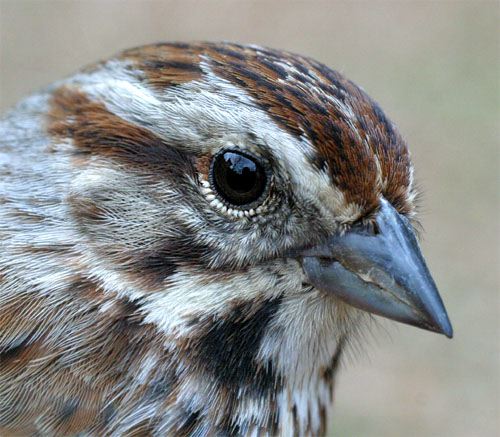
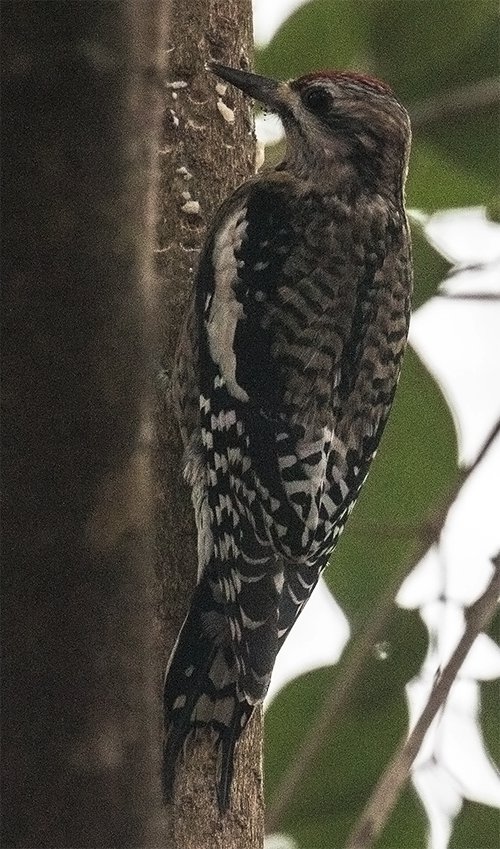
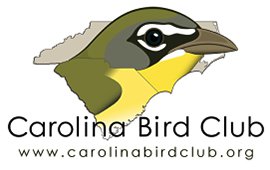 In the "abbreviated" photo essay above we have incorporated so-called "alpha codes" instead of actual abbreviations for bird names. Some folks don't like standardized alpha codes very much, but they are invaluable shorthand for banding at Hilton Pond Center
In the "abbreviated" photo essay above we have incorporated so-called "alpha codes" instead of actual abbreviations for bird names. Some folks don't like standardized alpha codes very much, but they are invaluable shorthand for banding at Hilton Pond Center 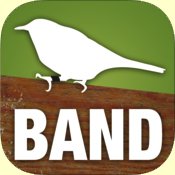 This alpha code business isn't as complicated as it may seem at first, and it really is a useful system; we encourage you to employ it to your advantage. To help there's even a 99-cent app for alpha codes for your iPhone; it's called "Band Code" and includes the preferred band sizes for each North American bird species. (There's also a 99-cent partner app called "Bird Codes," without the banding info; both are available from Apple via iTunes.) Just never use RUHU to refer to Ruby-throated Hummingbirds we band at Hilton Pond Center. THAT'S the Code for Rufous Hummingbird!
This alpha code business isn't as complicated as it may seem at first, and it really is a useful system; we encourage you to employ it to your advantage. To help there's even a 99-cent app for alpha codes for your iPhone; it's called "Band Code" and includes the preferred band sizes for each North American bird species. (There's also a 99-cent partner app called "Bird Codes," without the banding info; both are available from Apple via iTunes.) Just never use RUHU to refer to Ruby-throated Hummingbirds we band at Hilton Pond Center. THAT'S the Code for Rufous Hummingbird!








 Oct 15 to Mar 15:
Oct 15 to Mar 15: